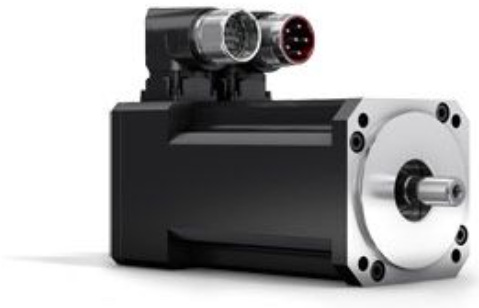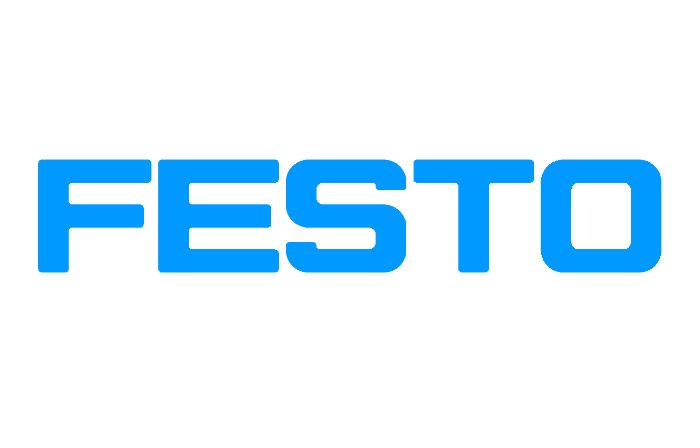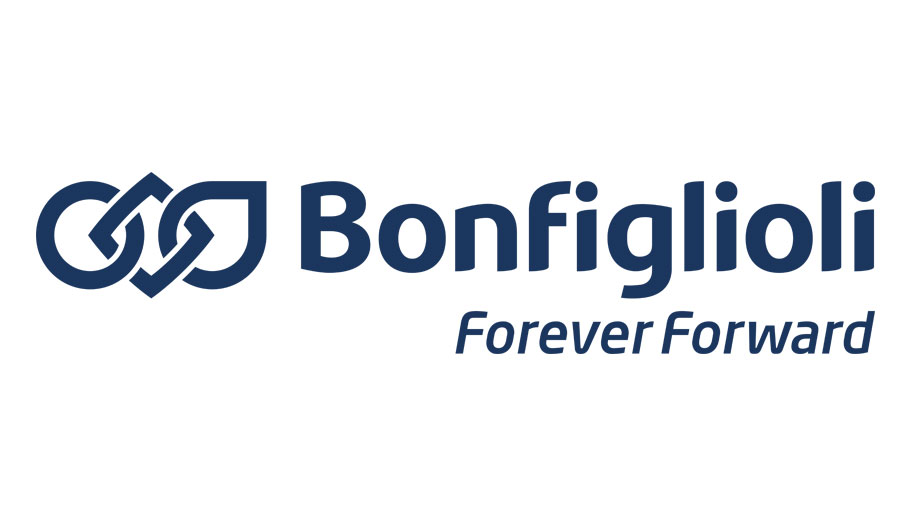
Servo Motors
Servomotors are products with a maximum power density that is specialized for extreme conditions like ultra-high vacuums, radioactive environments, or high temperatures. They are used whenever precise, dynamic, and energy-efficient motion tasks have to be executed in a small installation space. We offer a wide range of servomotors, such as rotative synchronous, linear synchronous, servo motors for aviation applications, and more.
HVH Industrial works with manufacturers' specialized engineering teams to meet our customers' requirements and highest quality standards.
If you have any questions write us via live chat, (one of our team members will answer your questions), give us a call or send us a quote request. The HVH team is always ready to help you.
 1(866)577-4040
1(866)577-4040
or
Servomotors
Manufacturers
What is a Servo Motor
A Servo motor is an electrical device that rotates part of a machine with high efficiency and great precision. A servo system consists of a servo motor, control circuit, amplifier, shaft, and an encoder or a resolver. The servo motor’s output shaft can be moved to a specific position, angle, and speed that a regular motor can not perform. The servo motor consists of a regular motor integrated with a sensor for positional and speed feedback. The controller is one of the most important parts of the servo motor, in which it controls the motor with an electric signal that determines the amount of movement and the final position of the motor’s shaft. The housing of the servo motor is usually fitted with a gear system.
A Servo motor is a device that produces motion in response to a command, then regulates the speed and direction of the motion in response to feedback. Servo motors are commonly used in closed-loop applications, where precise position control is required in industrial and commercial applications. For example, a servo motor is used to provide precise motion for milling, lathes, and bending for metal fabrication machines.
Types of Servo Motors
There are different types of Servo motors and are classified according to their application. First servo motors are evaluated based on the current type they run on, which can be AC or DC current. Secondly, servo motors are classified as whether they use brushes or are brushless, and the third consideration is the motor’s rotating field, which can be synchronous or asynchronous.
The main difference between AC and DC Servo motors is the ability to control speed. In a DC servo motor, the speed is directly proportional to the voltage with the constant load. While in an AC servo motor, the speed is determined by the frequency of the applied voltage and the number of magnetic poles. AC Servo motors can withstand higher current and are mostly used in servo applications such as inline manufacturing, robotics, and other industrial applications that require high repetition and high precision.

AC Servo Motor by Wittenstein
The second difference between servo motors is the brush configuration. A DC servo motor is mechanically regulated with brushes using a commutator, which is a rotary electrical switch that reverses the current direction periodically between the rotor and the drive circuit. While the brushless DC servo motor is electrically commutated without brushes through the use of sensors ar an encoder. AC servo motors are mostly brushless and are electrically commutated, as the brushless design is more reliable, has higher efficiency, and is less noisy.

DC Brushless Servo Motor by Wittenstein

Brushed DC Servo
The third difference to distinguish between servo motors is whether the motor uses a synchronous or asynchronous rotating field. As we discussed earlier, as the dc servo motor is classified as being brushed or brushless, the ac servo motor is classified by the speed of the rotating synchronous or asynchronous field. In a synchronous motor, the rotor rotates in the same speed as the stator’s rotating magnetic field. In an asynchronous motor, also known as an induction motor, the rotor rotates at a lower speed than the rotating magnetic field. Asynchronous motors can yield more torque because of the slip caused by the speed difference between the shaft and magnetic field. There is no slip in synchronous servo motors because the stator and rotor are in sync and require an external AC power source. Synchronous servo motors are used in applications like power stations and manufacturing facilities, while asynchronous servo motors are used in centrifugal fans and compressors, conveyors, coffee machines, and lifts.

HVH Industrial offers a wide range of servo motors from Wittenstein and Sew Eurodrive. We work with their specialized engineering teams to meet the requirements and highest quality standards of our customers.










